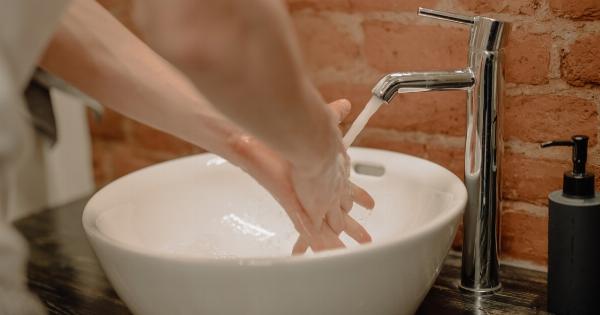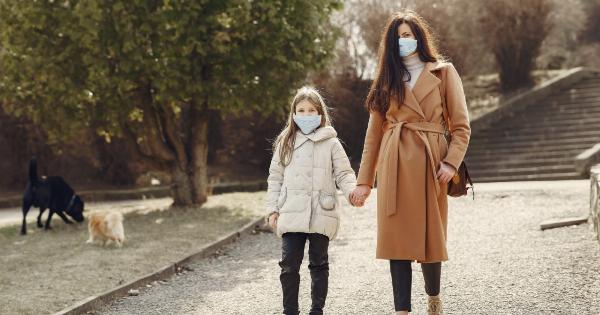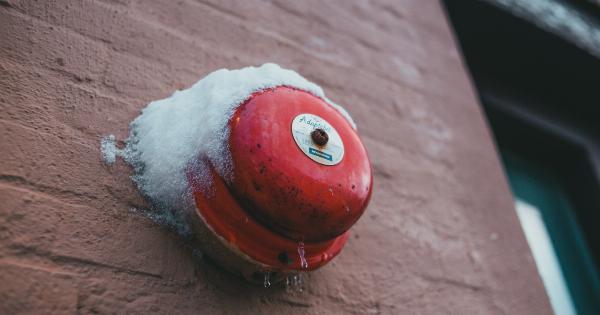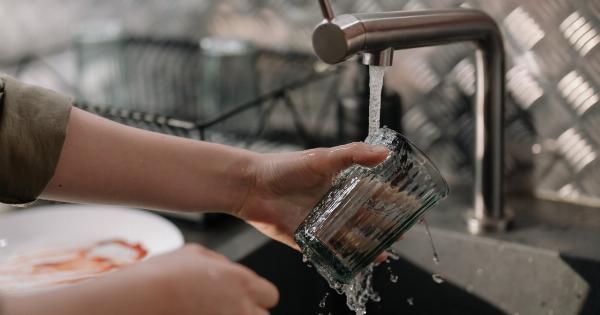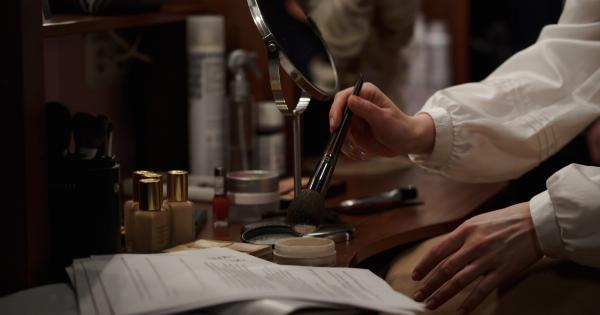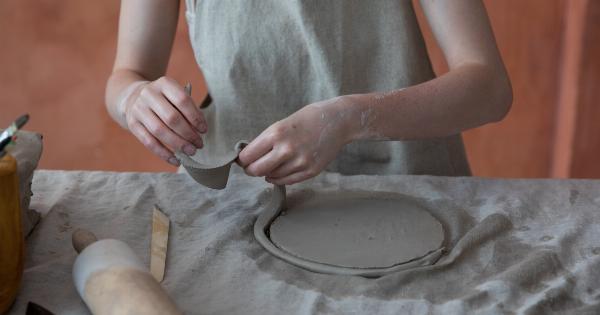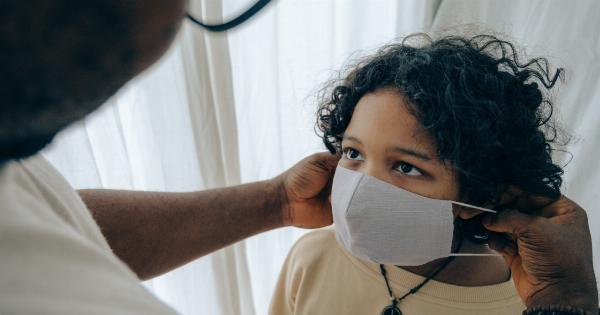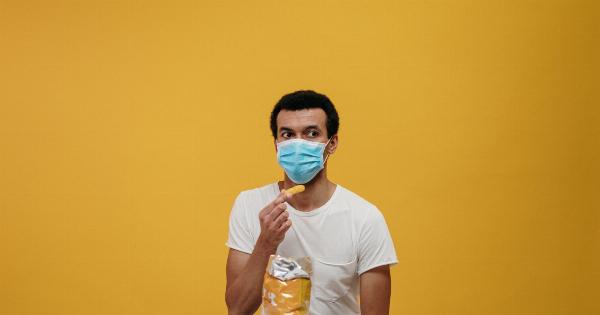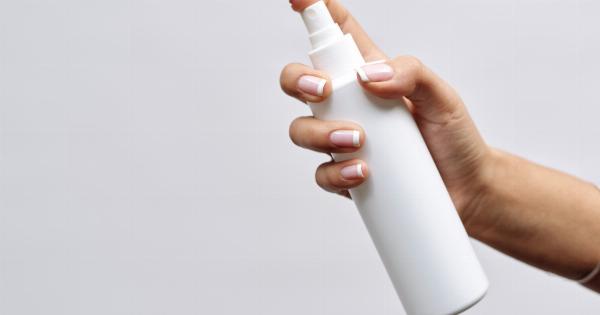Public restrooms can be a breeding ground for germs and bacteria that can cause illness and infection. From the door handle to the toilet seat, any contact with these surfaces can transfer germs onto your hands and then onto other things that you touch.
Knowing how to protect yourself from germs in public restrooms can help prevent the spread of infection.
Hand Washing
Hand washing is the most effective way to prevent the spread of germs and bacteria. Make sure to use soap and warm water and scrub your hands for at least 20 seconds, paying special attention to the areas under your nails and between your fingers.
Avoid touching anything with your bare hands until you have thoroughly dried them with a clean towel or air dryer.
Using Toilet Seat Covers
Many public restrooms provide disposable toilet seat covers that can be used to protect yourself from germs on the toilet seat.
If seat covers are not available, try lining the seat with toilet paper or use a disinfectant wipe to clean the seat before use.
Avoid Touching Surfaces
Whenever possible, try to avoid touching surfaces in a public restroom. This includes door handles, faucets, and other commonly touched areas.
If you do need to touch these surfaces, use a tissue, paper towel, or your elbow to avoid direct contact with your hands.
Bring Your Own Hand Sanitizer
If you are in a public restroom and there is no soap or water available, using hand sanitizer can help kill germs and bacteria on your hands.
Be sure to choose a sanitizer that contains at least 60% alcohol and apply it generously to your hands, rubbing them together until they are dry.
Cover Your Mouth
When using a public restroom, avoid touching your face and cover your mouth when you cough or sneeze. Use a tissue or the crook of your elbow to avoid spreading germs to others.
Wash Your Hands Again
After leaving a public restroom, be sure to wash your hands again to remove any germs that may have transferred onto your skin from contaminated surfaces.
Remember to use soap and warm water and scrub your hands thoroughly for at least 20 seconds before drying.
Stay Clear Of Contaminated Areas
It’s important to be aware of areas in a public restroom that are more likely to be contaminated with germs. These areas include toilet handles, sink and soap dispensers, and door handles.
Try to avoid touching these areas directly, and instead use a hand towel or tissue to prevent the spread of germs.
Keep Your Distance
In a public restroom, try to maintain a safe distance from other people to avoid the spread of germs. Avoid crowding around sinks and urinals, and maintain a distance of at least six feet from others.
Dispose Of Wipes and Tissues Properly
If you use disinfectant wipes or tissues to clean surfaces in a public restroom, make sure to dispose of them properly in a trash can. Do not flush wipes or tissues down the toilet, as they can clog pipes and cause other plumbing issues.
Clean And Disinfect Your Phone
Your phone is a breeding ground for germs and bacteria, and it can easily become contaminated in a public restroom. Be sure to clean and disinfect your phone regularly to prevent the spread of germs.
Use a microfiber cloth and a disinfectant spray to clean your phone and avoid getting it wet.

